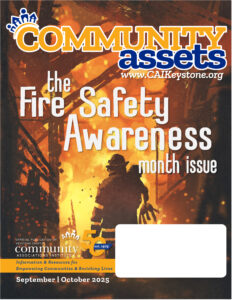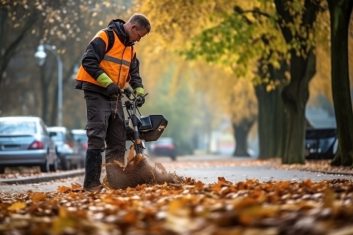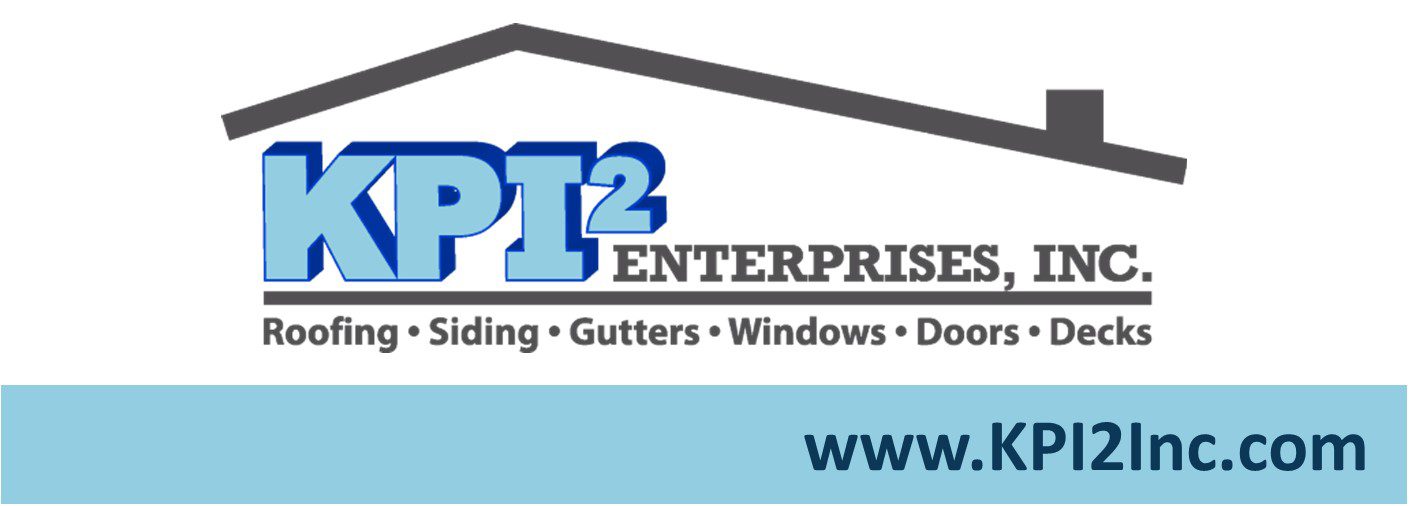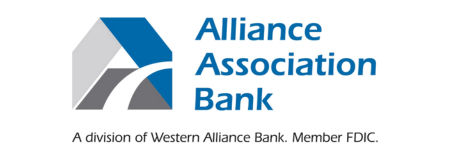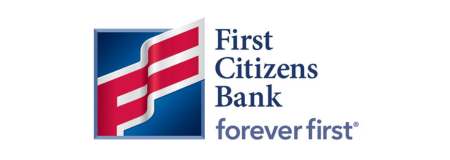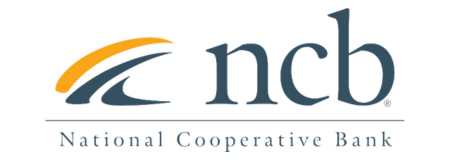SPONSORED POST
Warmer weather inevitably leads us to think about Spring & Summer maintenance projects, including when to apply a sealer to parking lots in your communities.

The industry standard product for commercial parking lot sealer up until the past 10 years was a coal tar emulsion sealer. The base material is refined coal tar which is a by-product of burning coal. It was once a readily available, cheap by-product from the steel and power industry. The coal tar sealer emulsion is a mixture of refined coal, clay, emulsifier, water, sand, and an optional latex additive. The coal tar emulsion is delivered in a bulk concentrate and the contractor has to mix the different materials to their own mix design in an agitated tank. The mix design and application methods will greatly affect the performance and life span of the sealer on your parking lot.
Coal tar supply has declined in past years and prices have dramatically increased. There have also been environmental concerns with coal tar emulsion sealers and some states have banned its use.
The new industry trend for commercial parking sealers is an asphalt-based sealer. Asphalt is a readily available by-product from the refining of oil. The supply and pricing of asphalt is more stable than refined coal tar. The sealcoating industry is moving towards asphalt based sealer being the standard product.
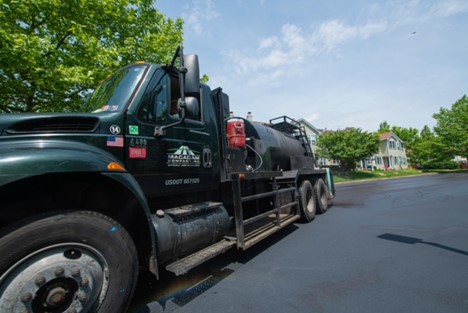
There is a learning curve manufacturing the asphalt-based product and for the contractor on the application. The asphalt-based sealer is also water-based product and delivered in bulk to the contractor.
For both the coal tar and asphalt based bulk sealer the water, sand and optional latex additive are added by the contractor. The ratios and how the materials are measured is the responsibility of the contractor.
Some of the positives of an asphalt-based sealer are lack of the “creosote” strong odor. There are also not as many environmental concerns with the asphalt-based sealer. Some negatives of the asphalt-based sealer is that it takes longer to dry and cure. The asphalt-based sealer is more sensitive to colder temperatures, rain, and cloudy weather.
Either type of bulk parking lot sealer must be properly mixed with the correct ratio of products in an agitated tank, unlike asphalt and concrete which are mostly all produced the same way for all contractors. Each sealcoating contactor has their own “recipe” for mixing and applying sealer. The mixture and application of the sealer are the main factors on how well the sealer will last on your parking lot.
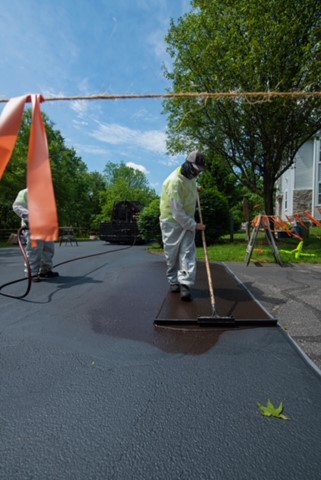
- The sealer, latex additive and water should be measured by an electronic flow meter.
- The sand should be measured by the pound while added to the mixture.
- The sealer should be applied with a truck mounted spray bar to get an even coverage for the sealcoating material on the parking lot. Even coverage of sealer is important for the appearance and durability.
- The sealcoating truck should have a way of measuring the speed and application rate of the sealcoat mixture.
Hand spraying of the sealer should only be done in small areas of the parking lot where the truck will not fit. It is very difficult to regulate the speed that someone walks and moves the spray wand back and forth to apply an even coverage of sealer.
- For commercial parking lots, two separate coats of sealer should be applied.
- For driveways, we recommend that one coat of hand squeegee broom sealer be the application method.
When soliciting a sealcoating proposal, the contractor should be asked what type of sealer they will be using, what the mix design is, and how it will be applied.
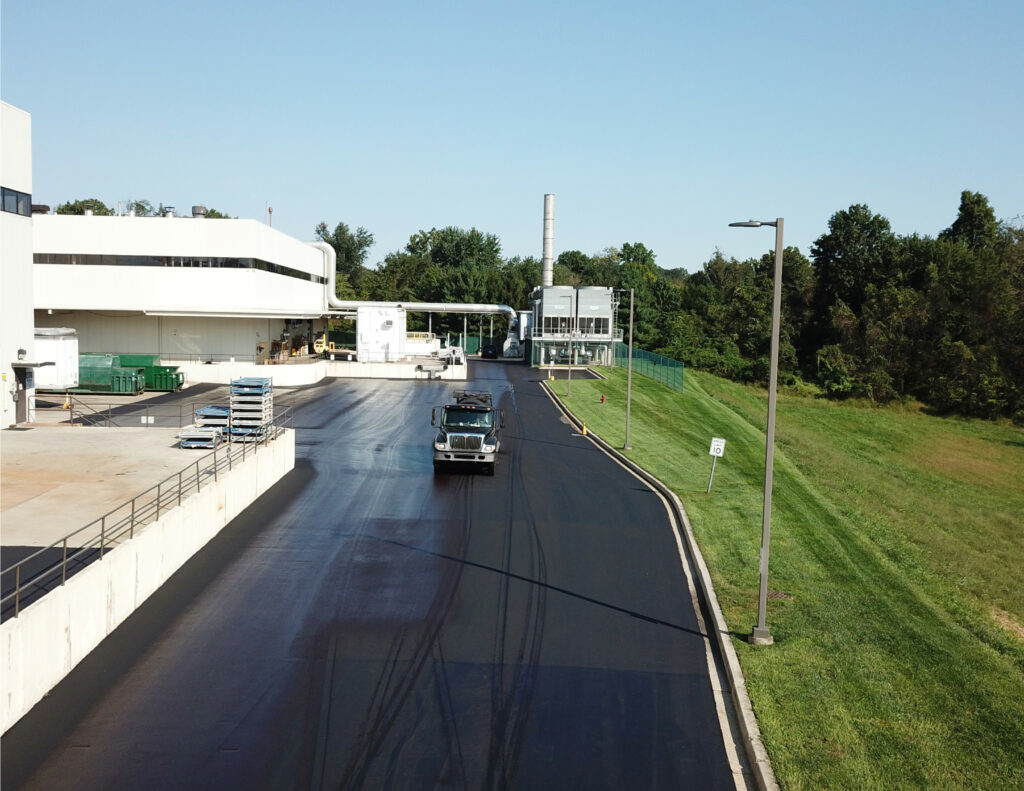
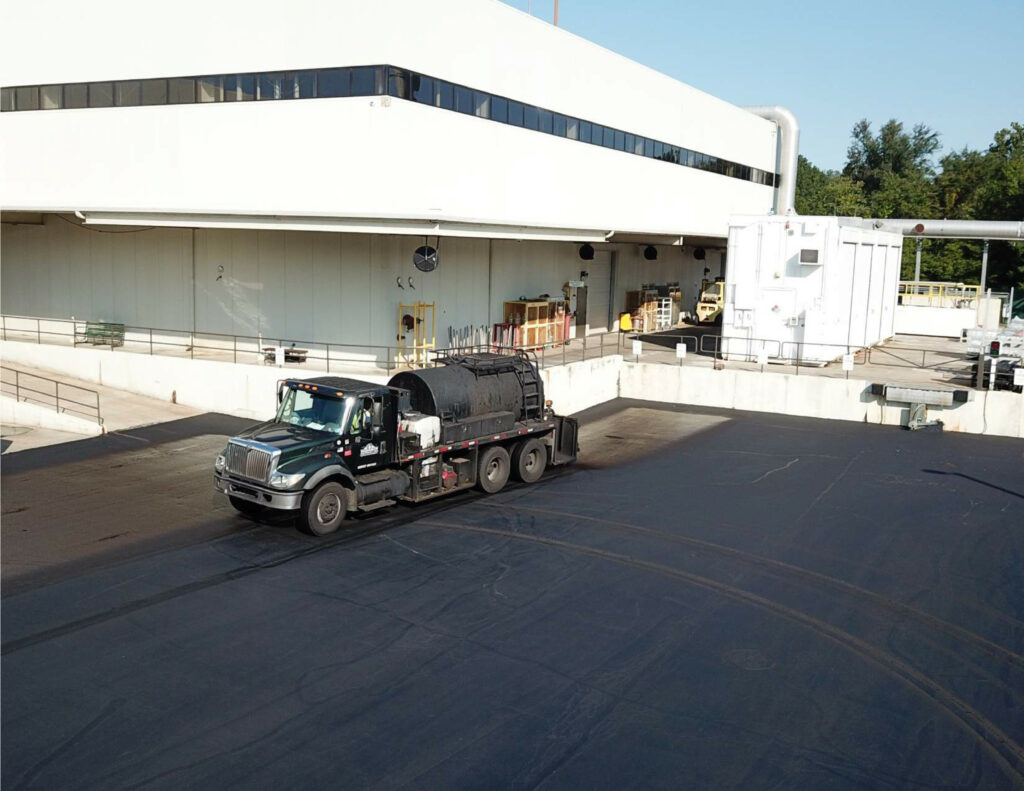

ABOUT THE AUTHOR
Mark Bevevino is President of CAI Keystone Diamond Partner and Community Live! Presenting Partner Macadam Company, Inc. Headquartered in Malvern, PA, Macadam has 37 years of experience of mixing and applying commercial sealcoating materials. We are proponents of using an asphalt-based sealer when the conditions are right. Learn more at: www.macadam.com or email Mark at: mark@macadam.com.
SPONSORED POST

